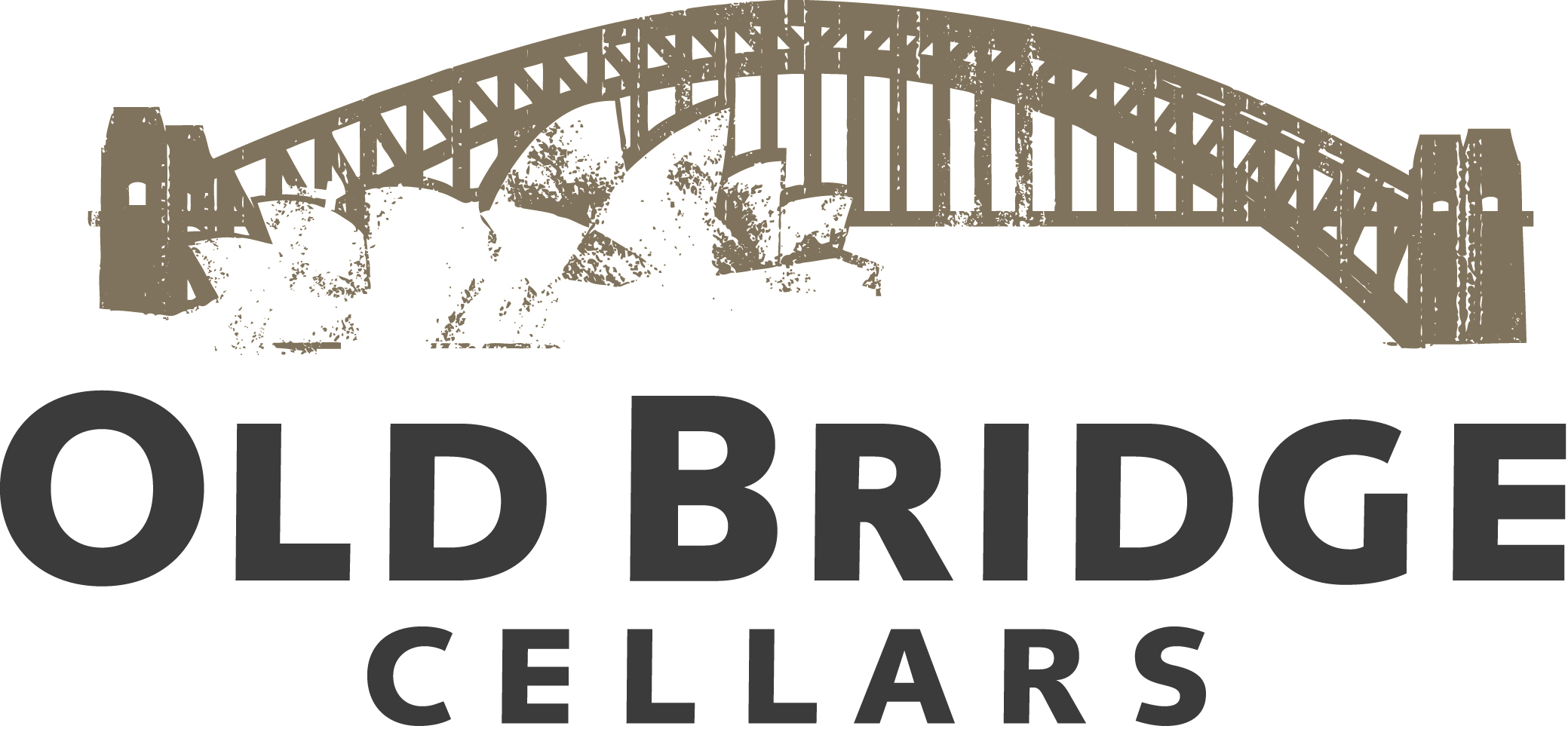Debunking the myth that wines from Oz must be enjoyed young.
Joe Czerwinski
Wine Enthusiast
Jul 26, 2013
First, let’s stipulate that the vast majority of most wines are meant to be consumed in their youth, and that’s certainly true of Australia’s most popular bottlings.
Don’t expect that Yellow Tail Shiraz to miraculously evolve while it’s forgotten atop your refrigerator, or the Alice White Chardonnay to improve during the six months it’s been hiding beyond the mayonnaise and wilted celery. It’s not these everyday wines I’m talking about, but Australia’s higher-end pours, generally red.
Following the great 1996 and 1998 vintages, consumer interest in these wines surged, driven in part by some American critics, who heaped praise on Australia’s herculean, blockbuster reds, laden with alcohol and extract. For many of those wines with big point scores, prolonged maturity estimates and inflated price tags, time has not been kind. Several of my wine-loving friends, seduced by words like unctuous, massive or explosive (all used to favorably describe dry reds), have since offloaded their purchases, disillusioned by the hollow, alcoholic shells some of their wines became.
These experiences and the preponderance of inexpensive varietal wines in the U.S. market have led to the widespread conclusion that Australian wines don’t age well.
Not so fast.
If you can keep any of these wines in your cellar for 10 years or more, you’ll drink happy.
OBC Wines on the List:
McLaren Vale Shiraz
d‘Arenberg The Dead Arm Shiraz
Margaret River Cabernet
Cullen Diana Madeline Cabernet Merlot
Other Regions/Varietals/Blends
Brokenwood Graveyard Vineyard Shiraz
Yarra Yering Dry Red Wine No. 1
